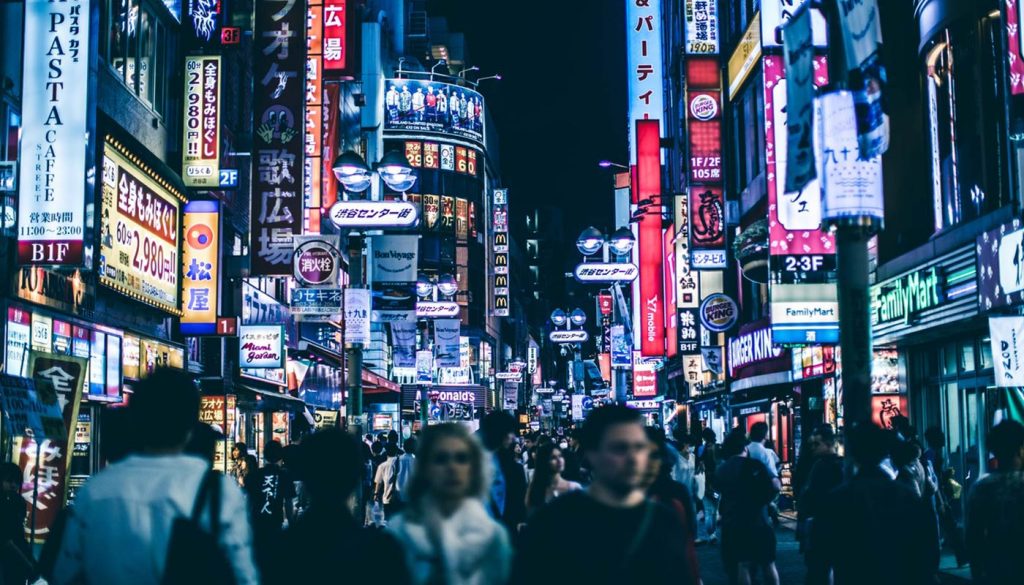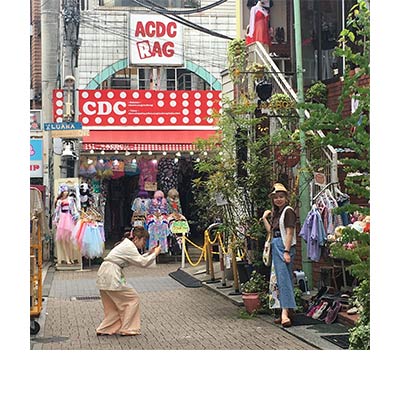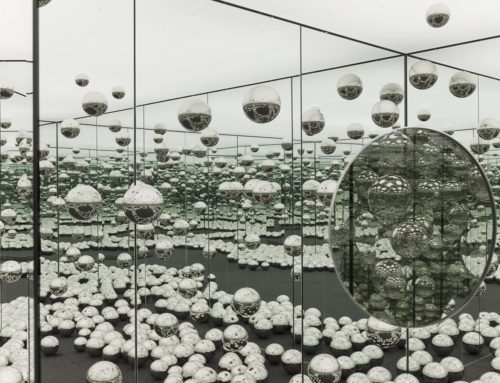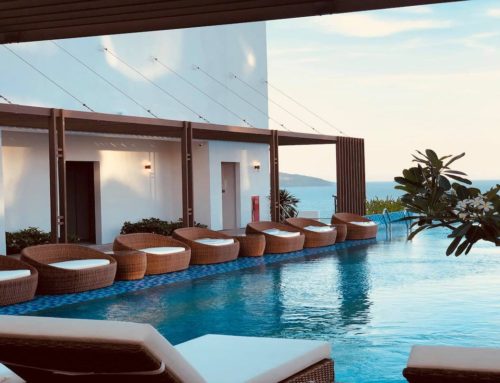Three must-browse districts you don’t want to miss.

Figuring out how to write a guide to Tokyo is like trying to complete a master’s degree: You can do all the research in the world, and it will pay off to some extent, but you’ll never really know everything. Spending a few days in the overwhelming megacity of Tokyo just isn’t enough — and once you get over the initial culture shock, even a lifetime wouldn’t do.
For that reason, we’ve narrowed it down to three must-see Tokyo districts for people who love to shop. Even if you’re not one to accumulate things, you will probably feel differently in Japan. Between the colourful kawaii stickers and key chains, the rustic and traditional handmade porcelain goods, and the fine linen garments, there’s an “OMG!” moment for everyone.
And while you can do Tokyo on a budget by eating at convenience stores and restaurant chains (which are superior to those in the West), chances are most of your budget will go toward beautiful, high-quality items you can’t find anywhere else. In other words: don’t forget to bring or buy extra luggage.
Shibuya
Shibuya is famously known for the Shibuya crossing, one of the busiest crossings in the world (think Yonge and Dundas x 100). Spend a few hours gazing at gigantic stores like Tokyu Hands, a multi-level DIY emporium that sells more than a dozen types of nail clippers and a thousand other things you didn’t think you needed. Head over to the department store Loft, stocked with even more ornate objects, housewares and clothes. The stationery floor is the highlight.
Any Muji you find in Japan will be greater than its Western counterparts. My favourite things to pick up are snacks like dried sweet potatoes and baumkuchen cakes, which I’ve never seen in Toronto. Don Quijote is maybe the best multi-level convenience store in all of Japan— make sure to buy all those rare seasonal Kit Kats here, with flavours including raspberry, sake, chocolate mint, apple, adzuki, melon and more. One-hundred-yen shops like Daiso and Can Do are found all over Japan, and offer a range of excellent quality goods for around $1. It’s the perfect place to pick up souvenirs and useful household items like chopsticks, wabi sabi ceramic dishes, Hello Kitty or Gudetama stationery.
When you need a nature break, head to Yoyogi Park and see the Meiji Shrine. If you’re starved, visit Tokyu Food Show, the basement food hall or depachika underneath Shibuya station where you’ll be spoiled for choice. Alternatively, visit Ichiran Shibuya for its famous machine-order ramen. If you’re looking to stay in Shibuya, which I recommend, check out Almond Café & Hostel for its minimalist capsule-style beds. Its downstairs café serves gorgeous lattes in delicate glass cups and plays some of the most chilled-out music in the ’hood.

Image via Loft.
Harajuku
Within walking distance of Shibuya, Harajuku is known to be the centre of vibrant youth culture, with shopping so good your eyes might water with happy tears. Wander around Omotesando-dori and Takeshita-don streets to get a vibe for the place, and pick up a fanciful-fruit-and-whipped-cream crepe at any street stall. If you’re feeling kawaii (that’s Japanese for “cute”), head to Kiddy Land for some seriously adorable gifts suitable for both kids and adults. Or you can visit the iconic shopping malls of Harajuku, like Laforet and 6% Doki Doki, to get a taste of “fruits style,” which developed in this area. Don’t forget to visit a Matsumoto Kiyoshi to peruse all of the Japanese beauty and skincare brands you’ll want to haul back with you.
You can stock up on made-in-Japan socks from Tabio, found in the high-end Omotesando Hills mall. If you’re curious about boutique shopping, wander down Cat Street and head into Ragtag known for carrying second-hand designer clothing, or buy it brand new at Play Comme des Garçons and Kenzo in the Gyre shopping mall. But really, the best part of Harajuku is wandering down its side alleys, like the area surrounding the street 4 Chome Jingumae, where you can find fashion brands like Bape and Supreme, cute cafes, ramen eateries and restaurants specializing in breaded pork cutlets, like Tonkatsu Maisen.
Shimokitazawa
While Harajuku is still bumping with youth, Shimokitazawa is now taking its place as the coolest neighbourhood in Tokyo. One could compare it to Toronto’s Queen Street West, overflowing with beautiful vintage stores — notably Flamingo, Chicago, 2nd Street and Big Time. You could easily spend an afternoon in this perennially chill neighbourhood but still feel the heartbeat of the big city. Browse the handmade gift shops, record stores and pancake joints (like Flipper’s) without feeling crushed by crowds.

Photo via Isetan.
More to explore
Still not sure what to buy, or want even more? This list of souvenirs in Japan from travel blog Fathom Away serves as a good starting point. Don’t forget to visit Shinjuku (namely Kagurazaka, the French district, and the department store Isetan known for its luxury window displays), Ginza (nearby the Tsukiju Fish Market, Dover Street Market and the iconic Prada store), and Roppongi (think giant spiders, modern art museums, big views of Tokyo) while you’re there.
Tokyo is at once crowded, orderly and calm. It’s friendly and safe, modern and traditional, and feels both very alien and oddly familiar at the same time. If you can’t do it all, don’t stress — just know you have to start somewhere, and remember that no matter what, you’re destined to find something you love.









